If someone were creating a list of the sexiest male actors in the history of the movies, many obvious names spring to mind: Montgomery Clift (1920-1966), James Dean (1931-1955), Rock Hudson (1925-1985).
But it's very likely any such list would exclude most of the actors whose stars burned brightest — or exclusively — in the Silent Era.
Why? It isn't as simple as "because that was a long time ago."
Many silent films disintegrated decades ago and are lost, and countless major careers similarly evaporated with the advent of sound. It's why a film like 1950's Sunset Boulevard worked and works so well; in it, though Norma Desmond is 10% younger (50) than Sandra Bullock is now (55), and though her era was only 20-odd years before the events in the film, in the film's context, it genuinely seems like she and her career are antique.
That's what the gap between the Silent and Sound Eras did. And still does.
Remembering some of the "mantiques" of the Silent Era, check out this list of hottest men to look at — and not listen to — all of whom were big deals in the days when actors had no choice but to keep their mouths shut:
**********
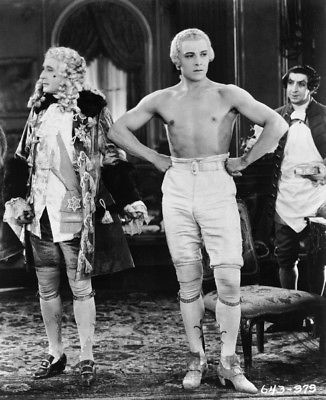
Rudolph Valentino (1895-1926)
Very few Silent Era superstars' names are widely recognized today. Along with Charlie Chaplin (1889-1977), the name of Rudolph Valentino is one that still rings a bell — and his fame has survived even though, unlike Chaplin, he never worked in the Sound Era.

Born in Italy, Valentino became a phenomenon on the big screen in such films as The Four Horsemen of the Apocalypse (1921), The Sheik (1921), Blood and Sand (1925), The Eagle (1925) and Son of the Sheik (1926), a devastatingly handsome man whose exotic look was exactly what the era desired.
He had a scandalous past that included an association with a disgraced heiress and an arrest on vice charges, plus a "Latin Lover" personal life that included marriage to the outrageous Natacha Rambova (1897-1966) — a union punctuated by a trial for bigamy.
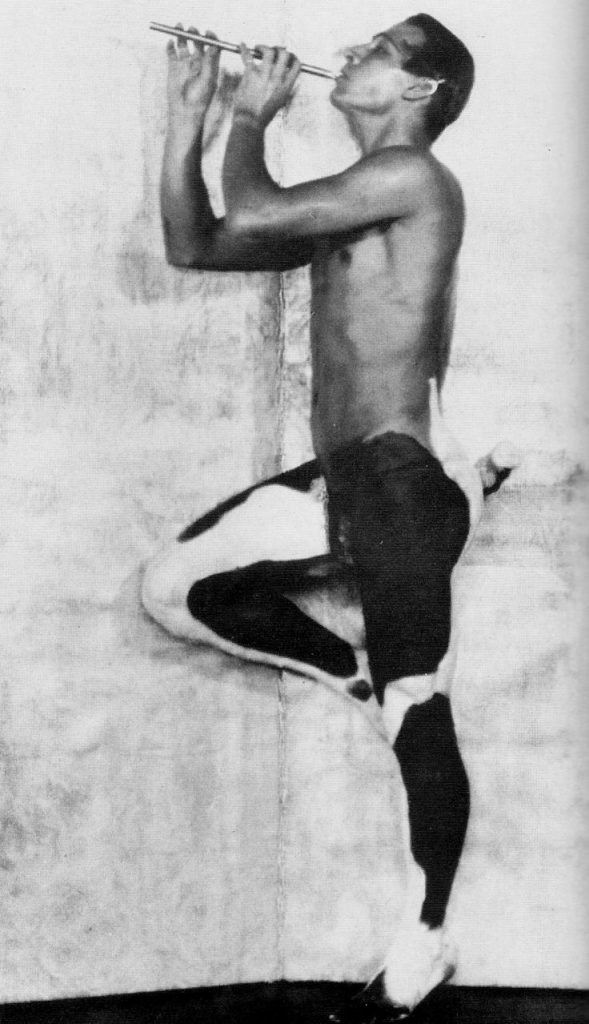
He was a beautiful bad boy, an effeminate figure adored by straight women and reviled by straight men, propelled some of his films to unheard-of million-dollar grosses, had a high-spending personal life tailor-made for gossip magazines and was an early example of how popularity can be measured by whether a percentage of the American public is convinced you're gay.
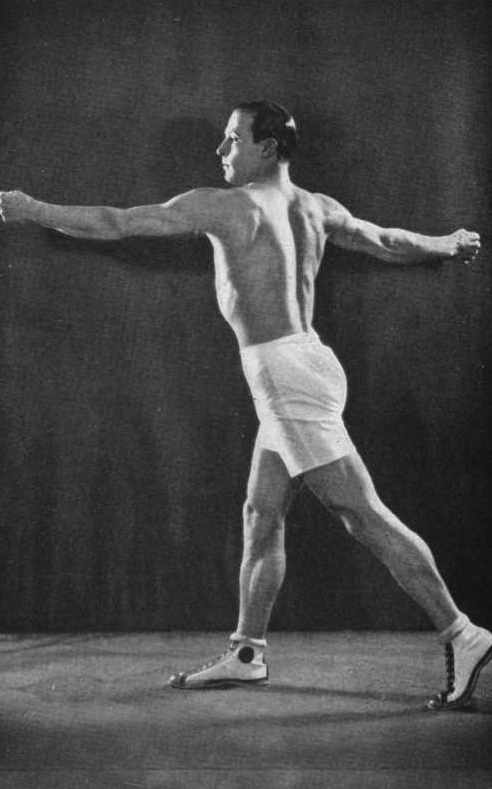
Valentino became seriously ill in 1926. Diagnosed with appendicitis and ulcers, he underwent surgery, but it was a misdiagnosis — he actually had perforated ulcers, which led to peritonitis. He was not told he was about to die, and did so on August 23, 1926, believing recovery was around he corner.
As you probably know, Valentino's death led to a first-of-its-kind international hysteria and the appearance of a mysterious "Woman in Black" mourning him for years. You can't make this stuff up; all the more reason why his name lives on and on and on.
**********
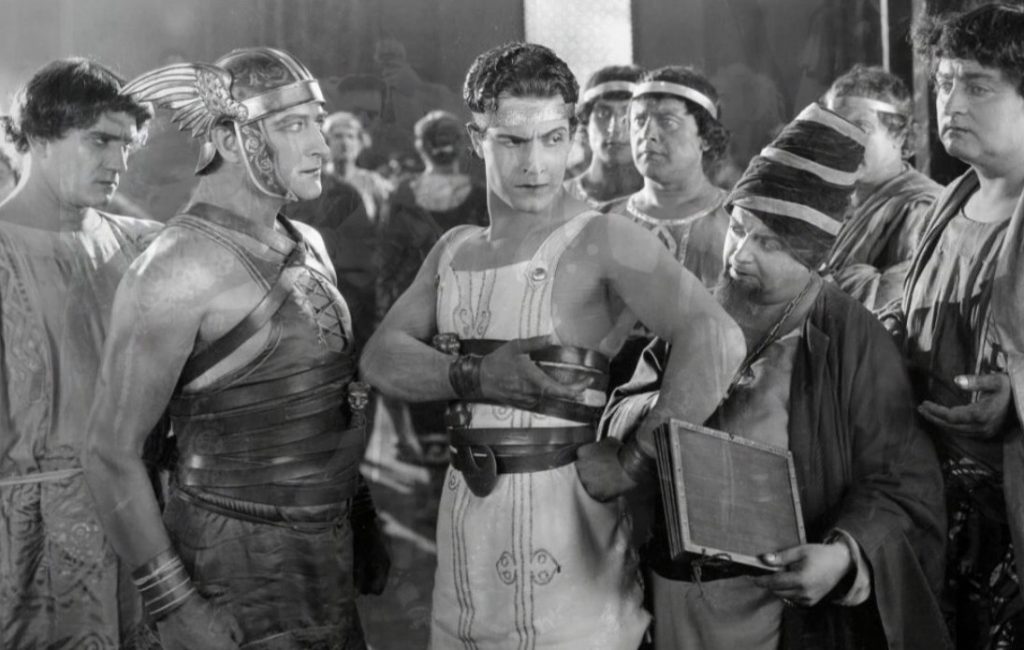
Ramon Novarro (1899-1968)
Mexican-American beauty Ramon Novarro launched his film career more than 100 years ago, and became MGM's "Latin Lover" response to Valentino. He was a huge draw in such films as Scaramouche (1923) and Ben-Hur (1925).
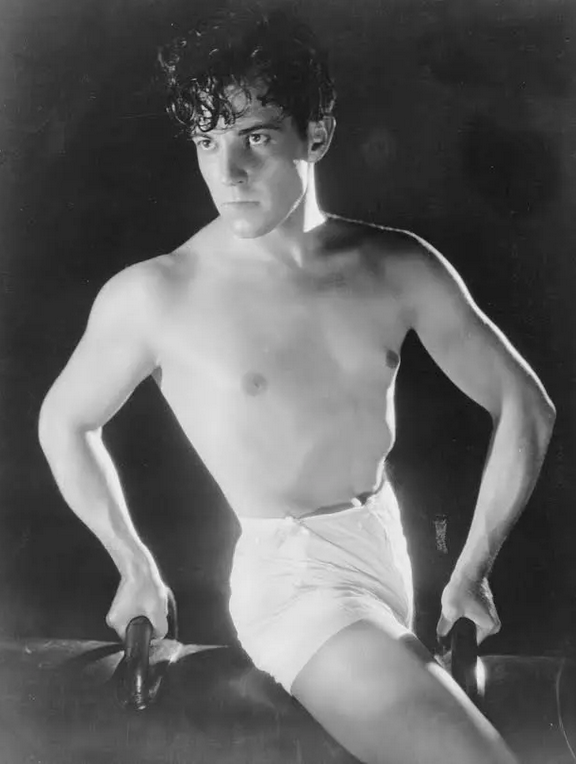
Novarro transitioned to talkies, though his career waned as he aged out. Unlike some of his contemporaries, he did continue working in movies (Heller in Pink Tights in 1960) and on TV (episodes of Combat!, Bonanza, The Wild Wild West and The High Chaparral in the '60s), even as a senior citizen.
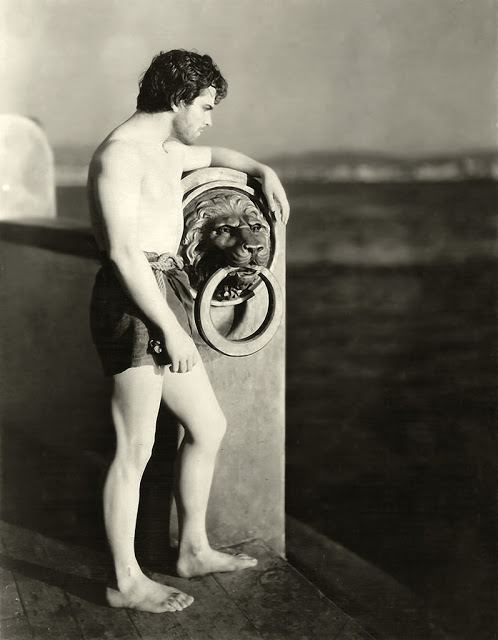
Tragically, Novarro was brutally murdered in 1968 at his home by brothers Paul and Tom Ferguson, hustlers he had hired who thought the former star must have a stash o' cash. To find it, they tortured and beat him, and Novarro wound up choking to death on his own blood. The thugs won the grand sum of $20 — and prison sentences. Paroled, they were bother later incarcerated for other crimes, with one committing suicide in 2005 and the other still rotting in prison.
**********
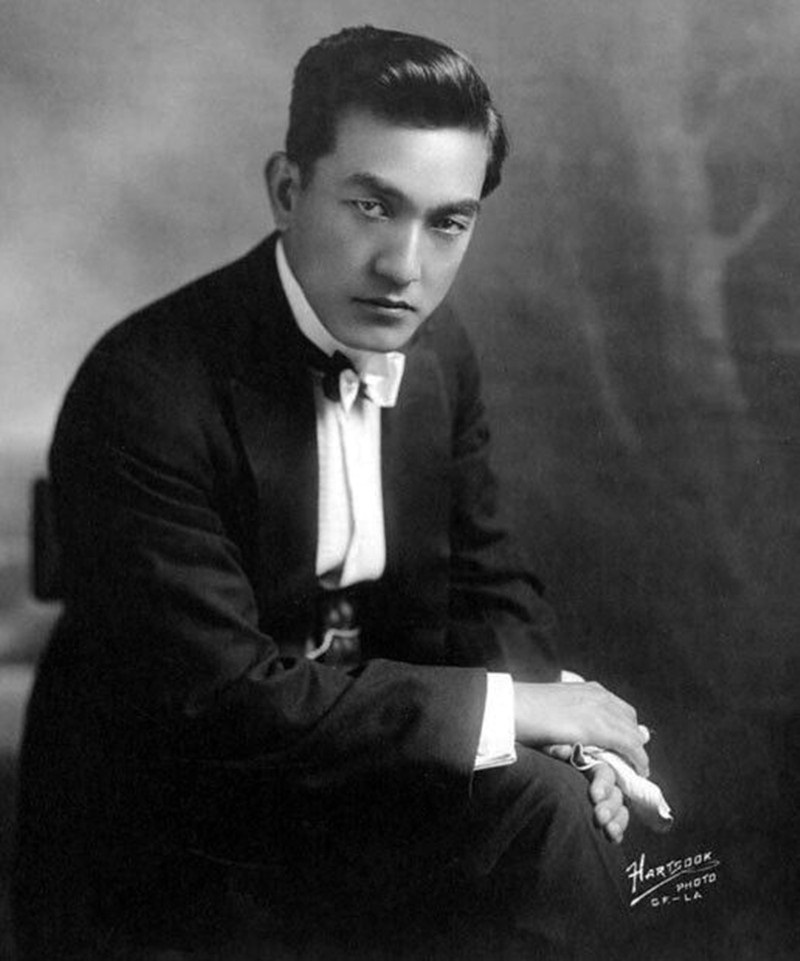
Sessue Hayakawa (1886-1973)
Brooding Sessue Hayakawa defied all odds to become a major matinee idol in the '10s and '20s, the first Asian actor to do so, and the only to do so at his level. Of course, due to racist attitudes at the time, being Japanese, he was frequently the villain — in such movies as The Cheat (1915) — but a good-looking villain who inspired taboo fantasies among his white female fans. His romantic films pre-dated the Hays Code, which frowned on interracial coupling.

Hayakawa became a multi-millionaire and acted long after his sexual-fantasy sell-by date had expired, most triumphantly as Col. Saito in an Oscar-nominated performance in The Bridge on the River Kwai (1957). He also appeared in The Geisha Boy (1958) and Swiss Family Robinson (1960) before retiring in 1966, and dying at 87 in 1973. The vast majority of his silents are lost.
**********
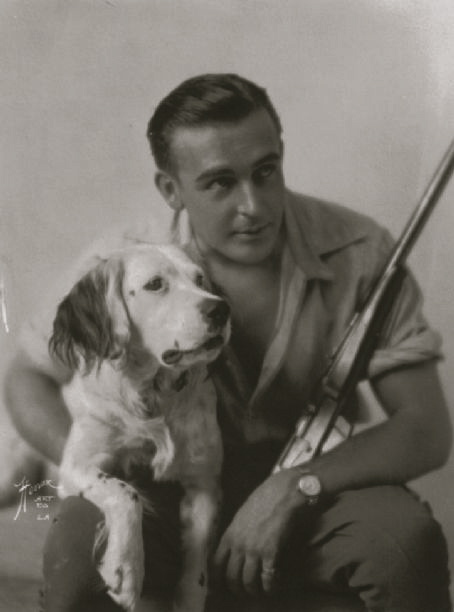
Wallace Reid (1891-1923)
Once one of the planet's most famous actors, Wallace Reid is one of those figures whose accomplishments are in danger of being lost to history, thanks to the physical deterioration of his medium, the chasm between pop cultural awareness of silent vs. sound and black-and-white vs. color films, and plain ol' time.
Born in St. Louis, Missouri, into a show-biz family, he was acting on the stage from childhood. Reid acted in films (including some with his pop) for Vitagraph in the '10s, quickly becoming a heartthrob, thanks to his comely puss and strapping physique.
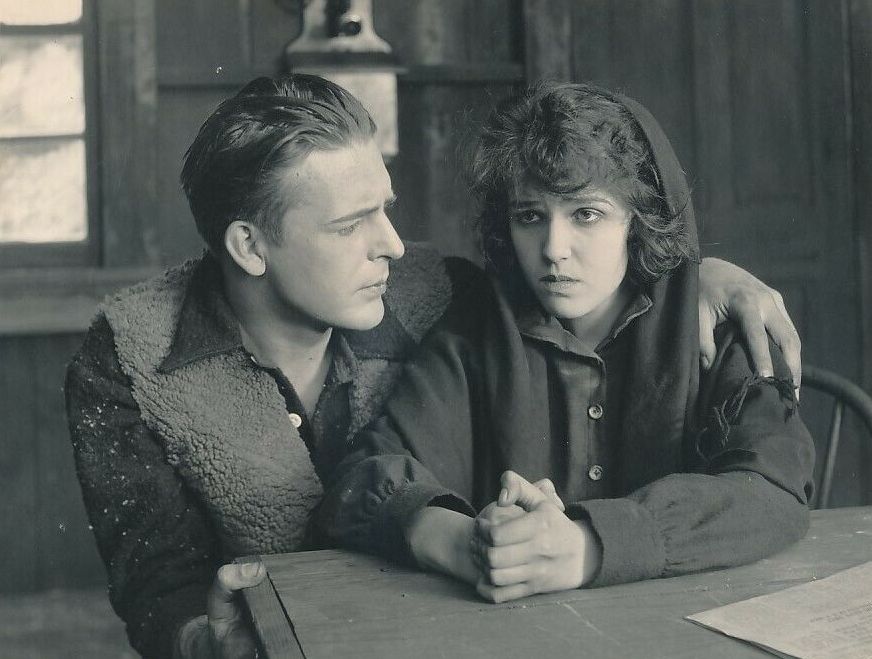
He appeared in two of the most important silent films ever made, the behemoth success (and execrably racist) The Birth of a Nation (1915) and its marvelous opposite Intolerance (1916), made just a year apart by the same man, D.W. Griffith (1875-1948).
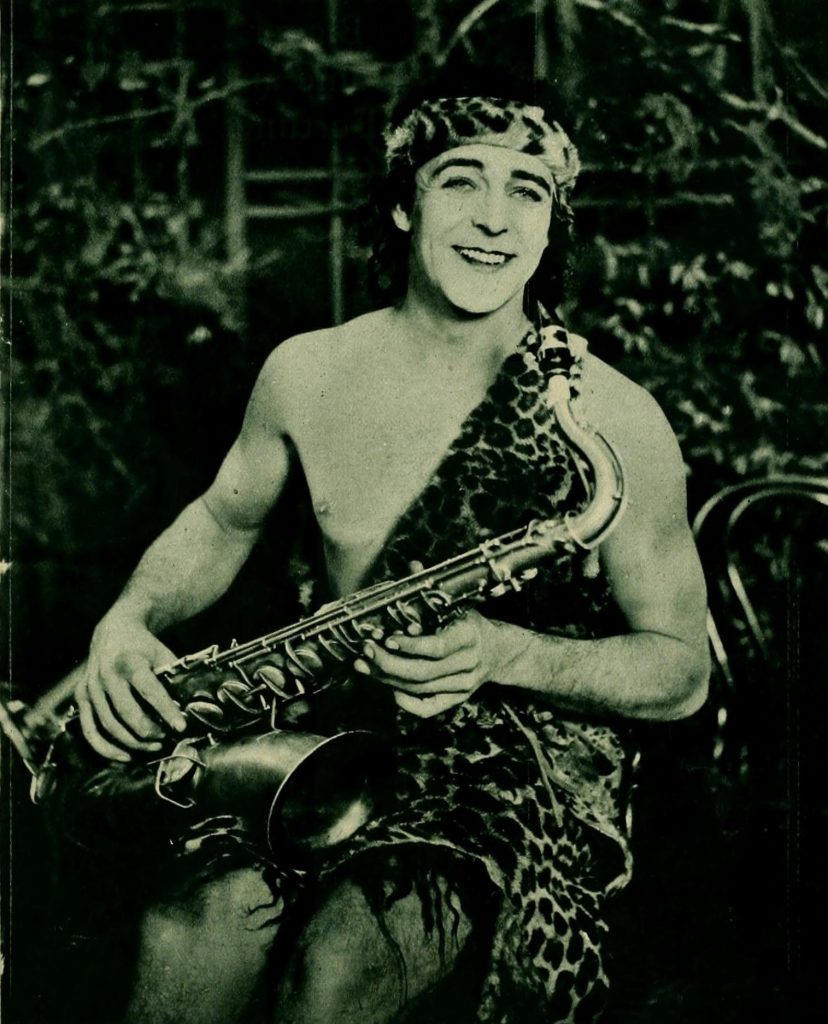
A racing buff, he was especially effective in the car-chase thrillers The Roaring Road (1919), Excuse My Dust (1920) and Across the Continent (1922), the latter of which inaugurated the opening of the Castro Theatre in San Francisco.
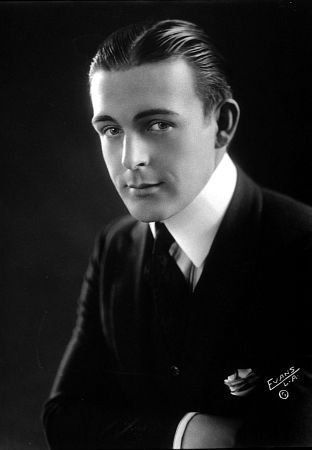
Married to screen actress Dorothy Davenport (1895-1977) and the father of two kids — including future actor Wallace Reid Jr. (1917-1990) — he became addicted to morphine following an injury suffered in a train wreck while on the way to shoot a movie, dying at the peak of his fame in a sanitarium in 1923 at 31.
**********

Douglas Fairbanks (1883-1939)
The original swashbuckler — and a founding member of United Artists and of the Academy Awards — Douglas Fairbanks shone in such films as The Mask of Zorro (1920) and The Thief of Baghdad (1924), winning hearts before retiring in 1934. He was also the famous co-owner — with his equally legendary wife Mary Pickford (1892-1979) — of the luxurious residence Pickfair, a landmark that was unceremoniously razed by Meshulam Riklis (1923-2019) and his wife, Pia Zadora (b. 1953), in 1990.
Their unique status made them the industry's first, and one of its most enduringly famous, power couples.
Fairbanks died of a heart attack at 56. His son, Douglas Fairbanks Jr. (1909-2000), went on to become an even greater success in films.
**********
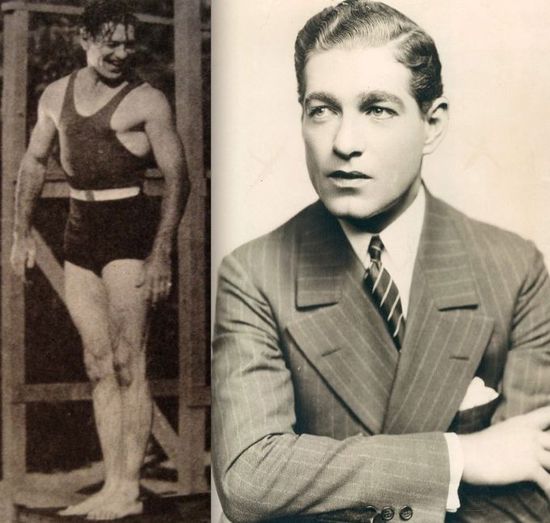
Cullen Landis (1896-1975)
Dashing Tennessean Cullen Landis was just 18 when he began acting in the movies; he had been directing, but found that the costumes of an unavailable actor fit him and a star was born. Making over 100 movies in quick succession, he was probably among the era's Top 10 most popular stars, leading to his starring role in the first-ever all-talking picture, Lights of New York (1928).

Even so, he made only two more movies following that technological triumph. After that, he served in WWII and made industrial films in Detroit for automakers. He died at 79 in 1975 in a nursing home.
**********
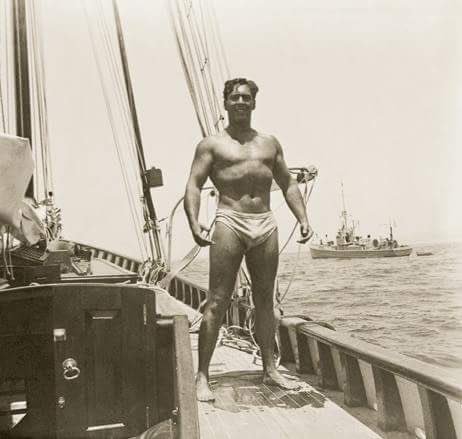
George O'Brien (1899-1985)
Meaty, San Francisco-born George O'Brien was one of the Silent Era's brawniest leading men, a WWI veteran who anchored many hits, including The Irone Horse (1924) and the Oscar-worthy Sunrise: A Song of Two Humans (1927).
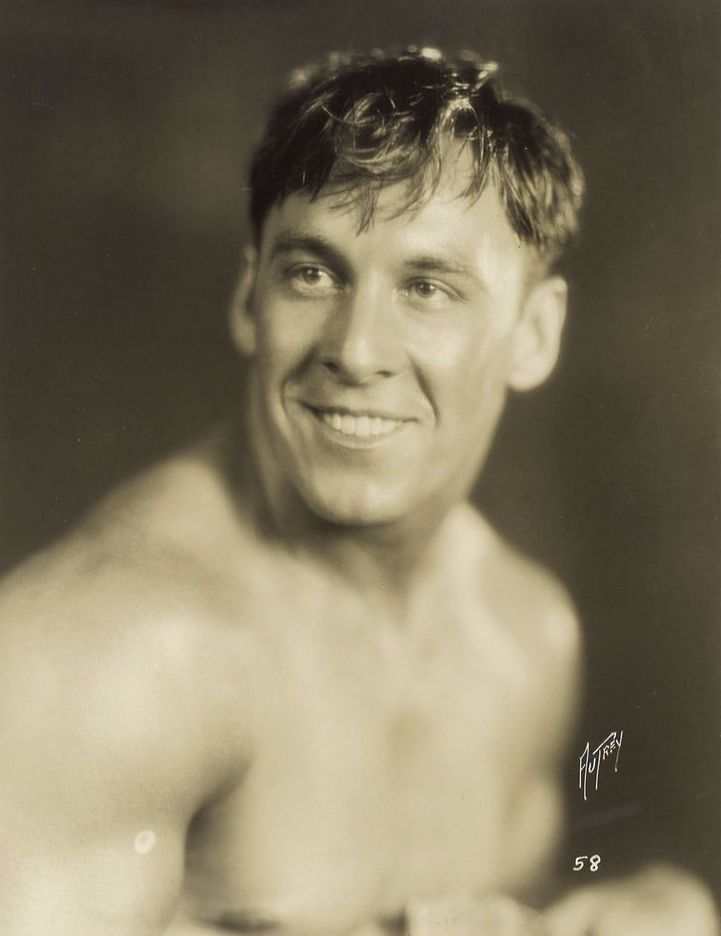
O'Brien excelled in adventure films, and segued into talkies via westerns — almost exclusively.
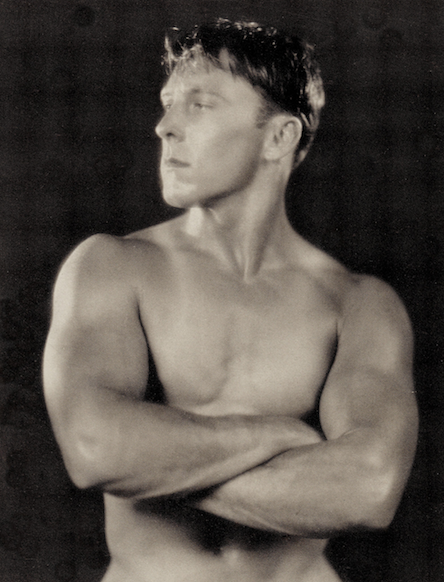
He continued to have boffo B.O. throughout the '30s, served in the Navy during WWII, and stayed in the armed services until 1962, turning in the occasional performance in such films as She Wore a Yellow Ribbon (1949) and the Three Stooges starrer The Gold Raiders (1951).
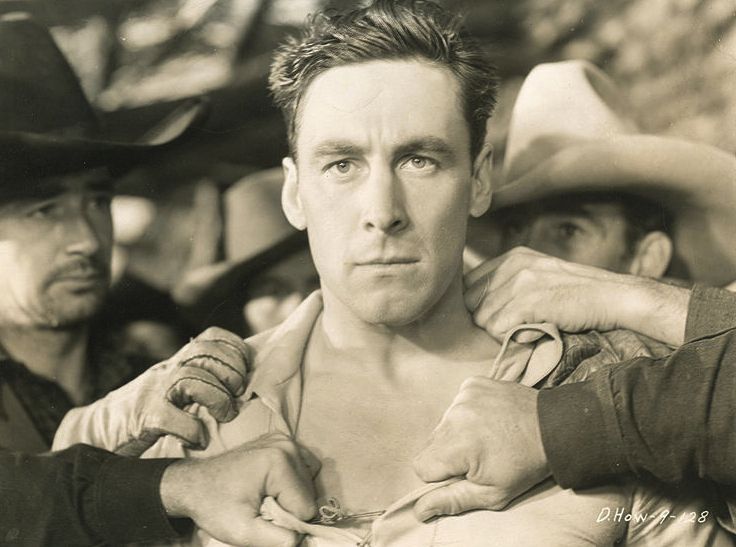
He died at 86 in 1985 four years after suffering a devastating stroke.
**********
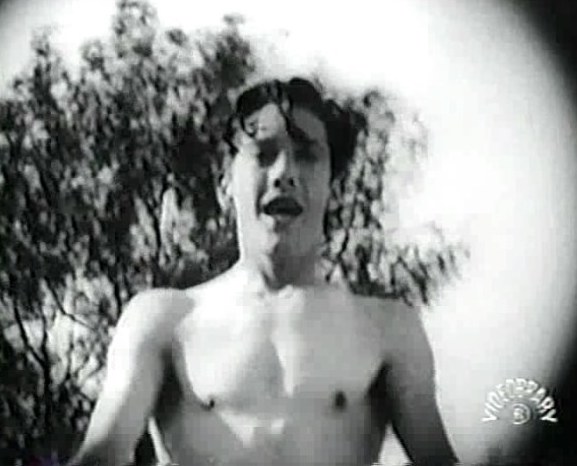
Jack Pickford (1896-1933)
Yes, he was the brother of icon Mary Pickford (1892-1979) and her lesser-known sister, actress Lottie Pickford (1893-1936), and in the way his sister was often presented as younger than her years, he, too, was seen as an "all-American boy next door" — despite being a man, and a Canadian.
Jack's start in pictures was due to his sister's success; she got him work in NYC. When she left to work for Biograph on the West Coast, she had decided she didn't want Jack to join — but he jumped on the train and she later ensured he had steady work in a variety of roles.
Jack Pickford received praise as an actor, including in such early hits as Great Expectations (1917) — he was a pip as Pip — and Huck and Tom (1918). He did well, but was never a star.

Pickford served in WWI, but in name only, using his money and power to avoid action. Following his disgraceful behavior, he made more movies, but with dwindling success. He died after years of alcoholism at 36 in 1933.
**********
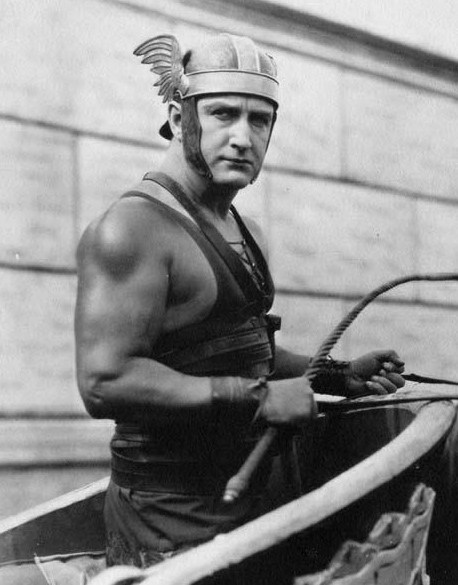
Francis X. Bushman (1883-1966)
"Francis X. Bushman" is more than just one of those head-scratching names on Hollywood Blvd. — he was one of the Silent Era's greatest male stars, and one of its first bona fide heartthrobs.
A trained theater actor born in Baltimore and working in Chicago, he was discovered thanks to his handsome face and an impressive physique gained via a strict workout regimen inspired by bodybuilding icon Eugen Sandow (1867-1925) — plus, he could act.
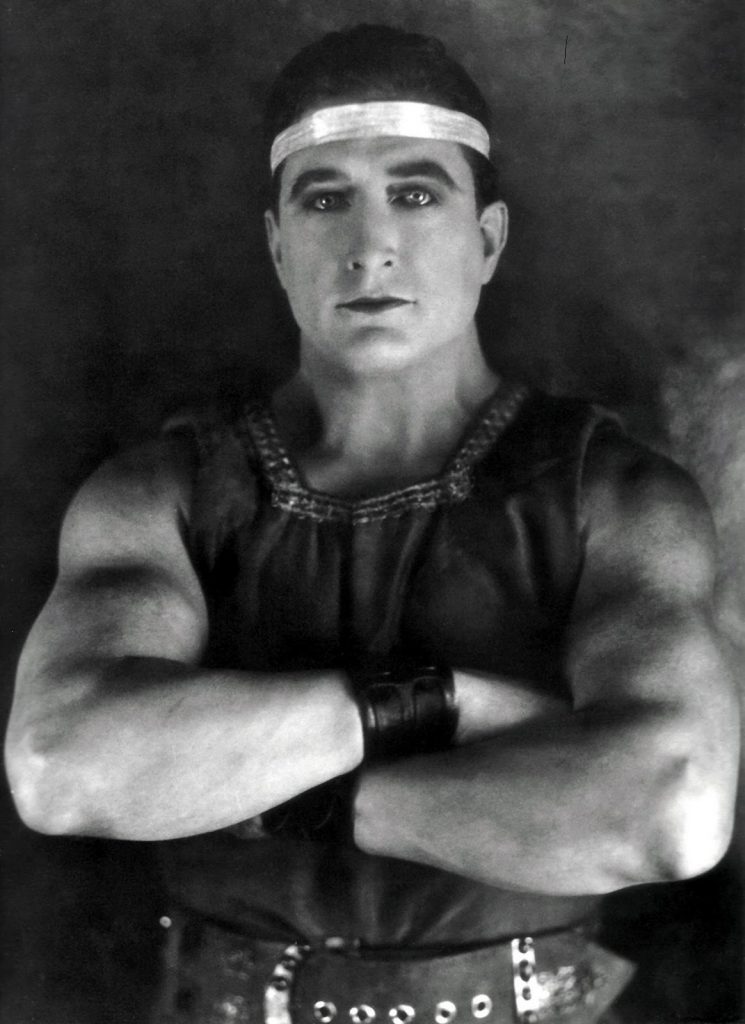
Wildly popular and the star of about 200 films, his high-water mark was perhaps as Messala in Ben-Hur (1925), but he truly was the King of Hollywood. A multi-millionaire, he wasn't after 1929, and going forward made his biggest impression on the radio drama Those We Love, an early soap, but also worked fairly extensively on TV right up until his death at 83 from a heart attack.
**********
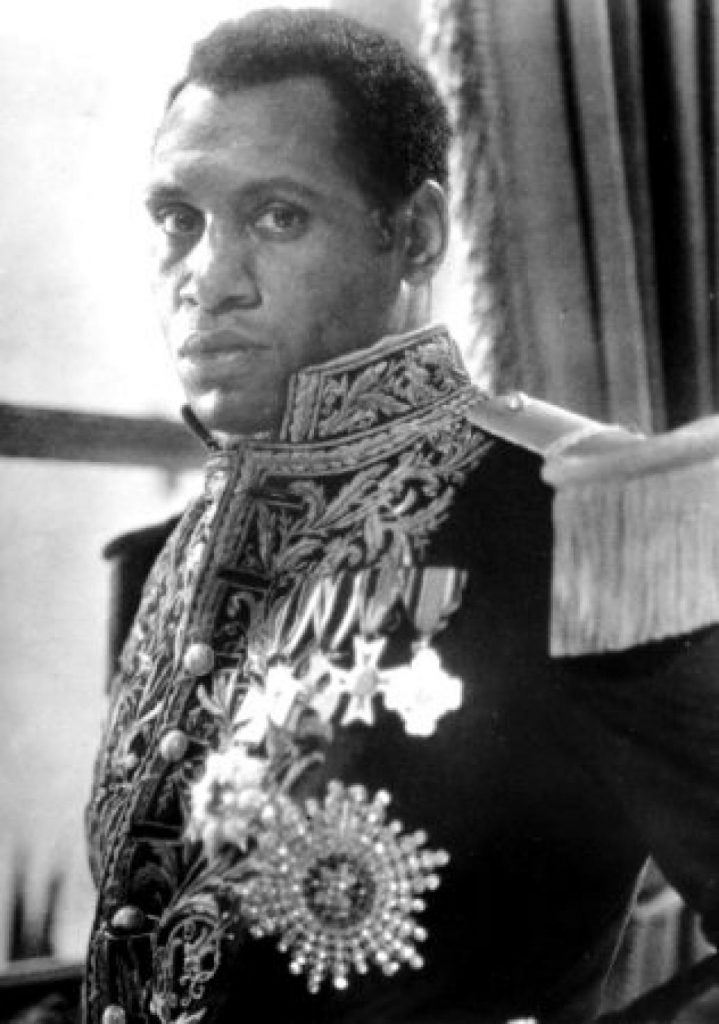
Paul Robeson (1898-1976)
Along with Valentino and Cooper, I would hope Paul Robeson is a name on this list you will already know.
The acclaimed baritone singer and actor was accomplished on the stage following huge success as a college athlete and as an academic wunderkind. His performances onstage in The Emperor Jones and All God's Chillun Got Wings in the '20s made him a national figure, as did his innumerable recordings.
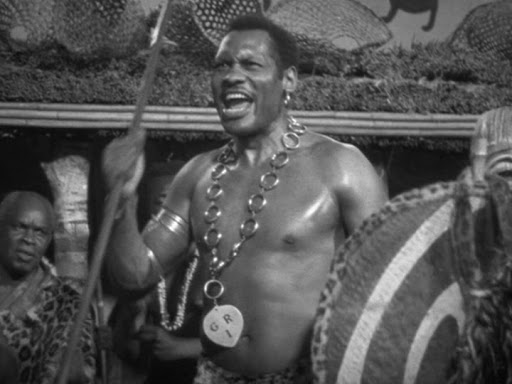
Lured into movies sporadically, he starred in Body and Soul (1925), appeared in Camille (1926) and, in the Sound Era, was the star of a heavily censored The Emperor Jones (1933) and of the smash hit Show Boat (1936), recreating one of his greatest stage successes.
A Communist and community activist, Robeson was shunned for many years and denied his rightful place as a cultural icon; that changed toward the end of his days and had never been the case in Europe, where he performed into the '60s. He died, a couple of years after a debilitating stroke, in 1976.
**********
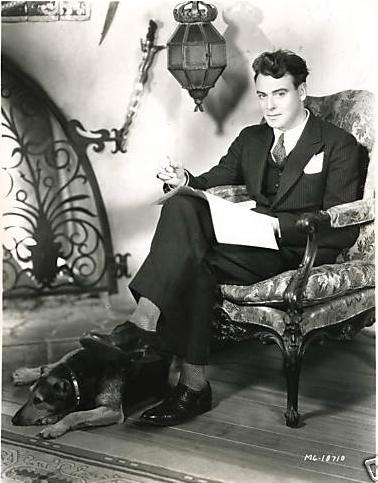
Nils Asther (1897-1981)
Swede-heart actor Nils Asther was — as my great-grandma used to say — as "pretty as a girl."
Born in Denmark and raised in Sweden, his looks were so striking he was frequently compared not to other leading men but to Greta Garbo (1905-1990), a great-lookin' guy in her own right.
Active in the European film industry (including the gay 1916 Swedish silent The Wings) prior to his first splash in Hollywood, he was in such silent features as Topsy and Eva (1927), the Joan Crawford (circa 1904-1977) fave Our Dancing Daughters (1928) and Garbo's Wild Orchids (1929).
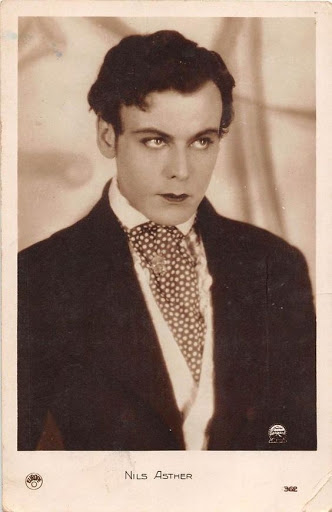
He did well enough for himself in talkies, but a contract dispute led to a blacklist. While he did work in the '30s, '40s and '50s, it was not like his heyday.
Gay and closeted, he endured a disastrous marriage and attempted to put out an almost completely fabricated memoir to obscure the truth of his life, which included a long-term relationship with a stuntman and affairs with entertainment figures like director Mauritz Stiller (1883-1928). Asther died more or less broke in 1981 at 84.
**********
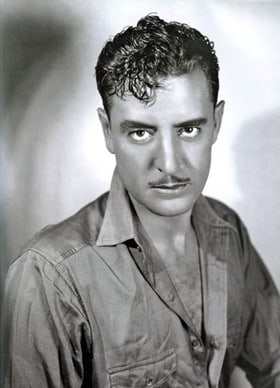
John Gilbert (1897-1936)
Speaking of Garbo, I would remiss if I did not include dashing John Gilbert on this list. After all, this suave looker was right up there with Valentino in terms of box-office success, and certainly his face was his calling card.
The Utah-born Gilbert was a salesman prior to his first foray into acting, in 1915. He toiled in countless films, mostly supporting the work of others, until his breakthrough in 1921 as a romantic lead in Shame (1921), followed in quick succession by such films as Monte Cristo (1922), While Paris Sleeps (1923) and star-making turns in His Hour (1924), He Who Gets Slapped (1924) and The Merry Widow (1925).
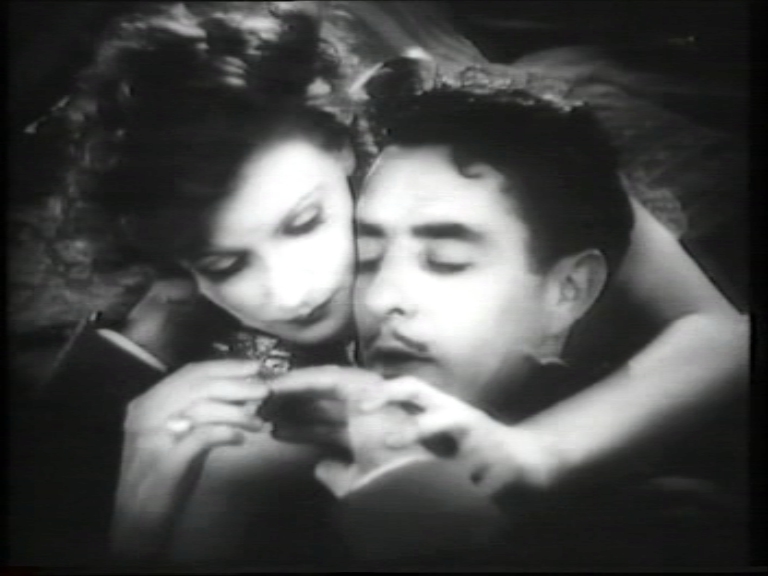
It was his starring role in The Big Parade (1925) that put him over the top — it was the second-highest-grossing silent film (after The Birth of a Nation) — that, and his association with Garbo, on-screen and off-screen. His Garbo films Flesh and the Devil (1926), Love (1927) and A Woman of Affairs (1928) are among his best-known works.
Gilbert's career cratered in the Sound Era, but the common misconception that it was due to his voice being high has been disproven; far more likely, he was tanked by studio head Louis B. Mayer (1884-1957), who despised him, and who he may or may not have once slugged.
He did work in talkies, but not even the big-budget Garbo starrer Queen Christina (1933) could revive interest in him.
The four-times wed former star, still wealthy from his glory days, died of a heart attack in 1936.
**********
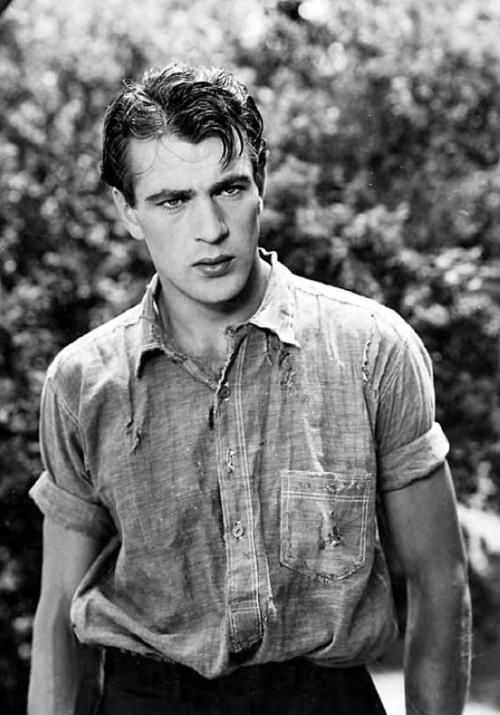
Gary Cooper (1901-1961)
Honestly, it's not cheating to pick Gary Cooper — a superstar in the Sound Era — as one of 13 hot men from the Silent Era! It's just that the actor was plenty active in the former and never looked better than during those halcyon days.

Born in Montana, he developed an interest in the arts, painting and cartooning before trying out extra work in westerns.
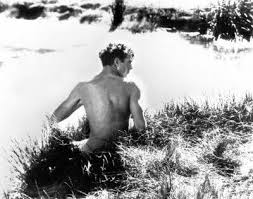
By the beginning of 1925, Cooper had begun appearing in films as an actor, including in westerns like The Thundering Herd (1925). Westerns in the '20s were likely to get you injured or killed, so he aggressively pursued more diverse roles, appearing in such important silent classics as The Eagle (1925), Ben-Hur (1925) and The Johnstown Flood (1926), albeit in minor parts.
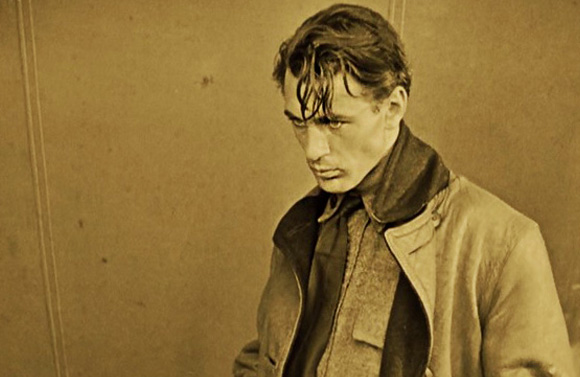
In 1926, he scored a contract and soared with The Winning of Barbara Worth (1926), Children of Divorce (1927) and the first Best Picture Oscar winner, Wings (1927). He would go on to star with most of the major leading ladies of the late Silent Era, and by 1929 was a huge star in his own right, the deal having been sealed with the release of his talkie The Virginian (1929).

Cooper's runaway success in the Sound Era is well-documented, including turns in Morocco (1930), A Farewell to Arms (1932), Design for Living (1933), Desire (1936), Mr. Deeds Goes to Town (1936), The Plainsman (1936), Meet John Doe (1941), Sergeant York (1941), Ball of Fire (1941), The Pride of the Yankees (1942), For Whom the Bell Tolls (1943), High Noon (1952) and many more.
"Coop" died in 1961 just over a year after his first bout with prostate cancer that had metastasized to other parts of his body. Once a silent-film sex symbol, the two-time Oscar winner and one-time honorary Oscar recipient had become a true American pop icon, and is today considered one of history's best and most popular screen actors.
Check out:






Hellloooo, George O’Brien. I could see him going a few rounds with Rocky Balboa in the 70s.
I would like to see him going a few rounds …
Really good list! I’ll submit Gilbert Roland for consideration for #14. He aged well (even into the 50’s -checkout Underwater! (1955)) but boy what a looker he was in the 20s/30s.
You left out Tom Tyler.